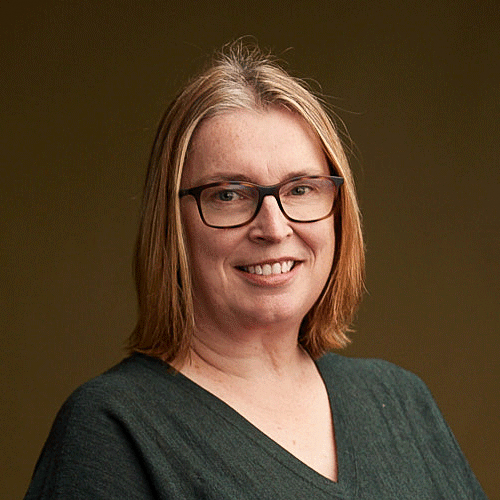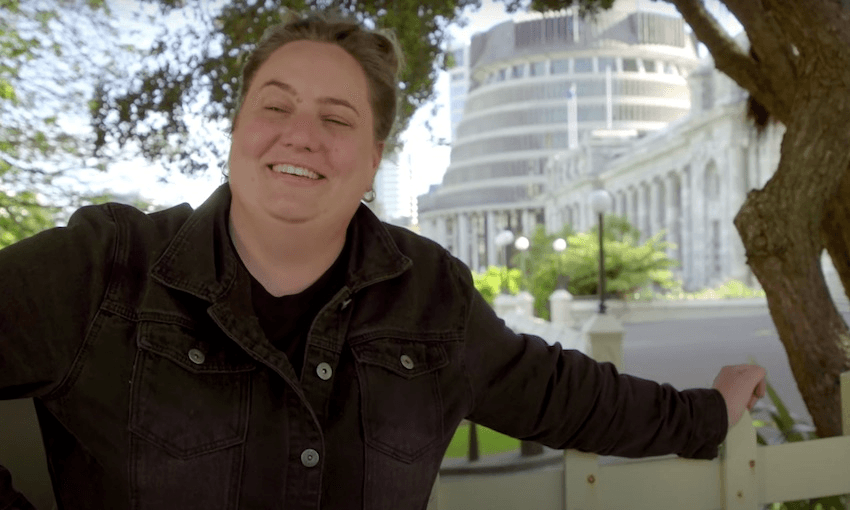It’s Amazon Prime Video’s new show about the most extreme adventure race in the world, and host Bear Grylls wants us to enjoy it from the comfort of our couch.
I tried to kill Bear Grylls in You Vs Wild, really I did. I made him swim with crocodiles, I forced him to eat termites and then I ditched him at the bottom of a spider-invested canyon, hopeful we’d seen the last of him. It was to no avail. Bear Grylls can’t be stopped, which makes him the ideal host for World’s Toughest Race: Eco-Challenge Fiji, Amazon Prime Video’s new documentary series about extreme athletes who are determined to just keep on going.
The toughest race in question is the Eco-Challenge, a 671km endurance contest around Fiji that last year attracted 66 teams from 30 countries. The race is built on three basic rules: respect the wild, embrace the hurt, and never leave a team member behind. It’s a brutal quest that sees the teams paddle, run, bike and climb non-stop for eleven days and nights, rarely stopping to sleep or eat, constantly pushing themselves to their physical and mental limits.
https://www.youtube.com/watch?v=o4rq5BZIni8
World’s Toughest Race follows these athletes for every step of the Eco-Challenge, getting so close you can practically smell their sweat. Not every team will finish. Some will be forced out by injury, others will fail to reach checkpoints by the required cut-off times. I thought my school cross-country was hardcore, but World’s Toughest Race takes any physical effort you’ve ever made, laughs in its face and then throws a paddle board at it to show us how it’s really done.
Somehow, amid all the blood, sweat and tears, old mate Bear becomes the beating heart of the show. He’s there to motivate the teams and explain the race to the viewers, keeping us informed with an intense mix of relentless enthusiasm and endless hyperbole. “The enemy is the wild,” he says, staring straight down the camera into our unfit souls, “plus the terrain, the river and each other. And also your nerves”. That’s a lot of enemies to overcome, but we all saw the DIY enema episode of Man vs Wild. The guy knows what he’s talking about.
Grylls is a human dynamo who brings energy and pace when everyone else is knackered, and when the going gets tough, Grylls gets going. He pops up from nowhere, backflipping out of helicopters and surprising contestants on river banks. “Respect!” he says, high-fiving competitors as they drag their weary bodies to the next checkpoint. I wish Bear Grylls had jumped out from behind a tree at the halfway mark of my school cross country, because I’d have definitely cracked the top ten, mostly just to get away from him.
Grylls teamed up with Survivor creator Mark Burnett to executive produce World’s Toughest Race, and the show does feel a lot like an extended episode of Survivor. There’s the same sweeping aerial photography and beating-drum soundtrack, and more of the beautiful slow-motion sequences of athletes powering through thick mud and tropical storms. Everyone’s trying to outwit, outplay and outlast, but it’s a more supportive, positive atmosphere than you’ll ever see on Heroes Vs Villains.
Like Survivor, World’s Toughest Race would be nothing without a diverse cast of fascinating characters. The Eco-Challenge appeals to people from all walks of life, with varying levels of adventure race experience. In the show’s quieter moments, we meet competitors like New Zealand’s Nathan Fa’avae (“the Michael Jordan of adventure racing”) and Team Onyx, the first ever all-African American team to participate in Eco-Challenge. We meet the father and son team dealing with the dad’s Alzheimers diagnosis, and Team Unbroken, made up of ex-soldiers whose combat service left them with life changing injuries.
These teams experience the same tough conditions, but their races are all different, and that’s the beauty of World’s Toughest Race. The journey of the 66th placed team is just as important as the teams in the lead, and by getting to know the athletes, we appreciate the sacrifices they’ve made just to get to the start line. We’re part of their team. We’re beside them as they hit every emotional high and heartbreaking low, and for every team that’s racing to win, there are others for whom simply finishing will be the sweetest victory.
It’s probably a good thing I couldn’t knock off Bear Grylls in You vs Wild. World’s Toughest Race wouldn’t be the same without his constant enthusiasm and energy, and at 10 episodes, he’s definitely running a marathon, not a sprint. The show celebrates the world’s strongest, fiercest and bravest sportspeople, and while World’s Toughest Race isn’t always a nailbitingly tense watch, it’s still incredibly inspiring and exciting. Just like the time Bear whipped up that DIY enema, it’s one hell of a ride.
World’s Toughest Race: Eco-Challenge Fiji is available on Amazon Prime Video now





